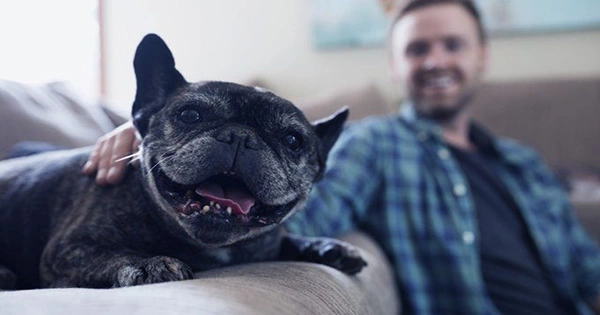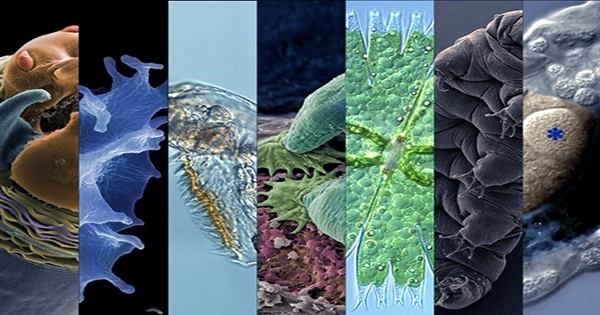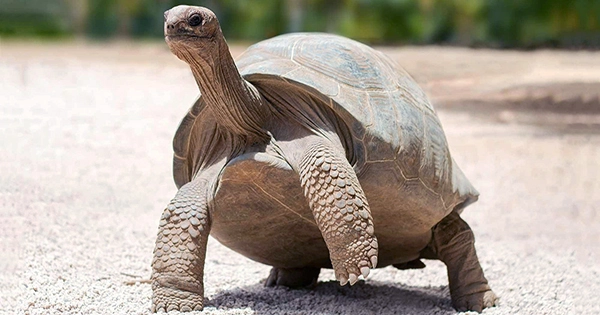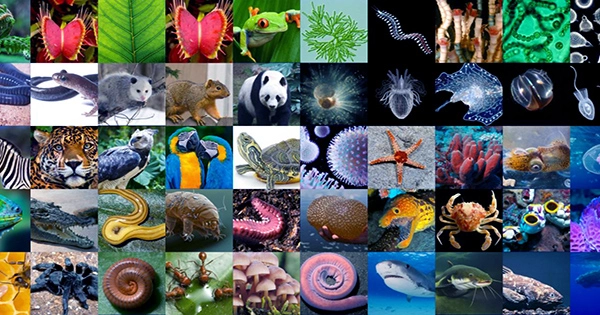Castration refers to the surgical removal of the testicles, whereas neutering refers to the surgical removal of a dog’s reproductive organs. Neutering is a common term used to describe castration in the United States. Dogs should be neutered between the ages of six and nine months. Numerous advantages of neutering include behavioral and physiological advantages. However, some pet owners are still unsure as to whether neutering is the right course of action for their dogs. The fact that a dog was neutered may also be an issue, particularly if it was done before adoption. Here, we’ll go over the neutering process, what to anticipate afterward, the advantages of neutering, and some frequent worries pet owners have.
Despite being one of the most frequent surgeries performed, neutering is nevertheless regarded as substantial surgery. A veterinarian will conduct a head-to-paw examination of your dog prior to neutering him or her, and may also advise bloodwork to ensure the health of all the essential organs. In addition to a sedative and a pain reliever, general anesthesia is used for neutering. He might be given an injection or gas anesthetic once he is already dozing off to send him into a deeper sleep. He doesn’t know what’s occurring at this point, and he doesn’t feel any discomfort. During the procedure, your dog will be intubated, which means a tube will be put in his trachea and connected to a machine that will assist keep him sleeping by giving him anesthetic gas and oxygen to help him breathe. Some vets may additionally insert a catheter into the vein to facilitate the speedier administration of fluids and drugs in the event of an emergency.
Your dog is also hooked up to machinery that will keep an eye on his temperature, heart rate, respiration rate, oxygen levels, and other vital signs. The veterinary staff also regularly monitors these vital signs manually. In order to assist him to maintain his body temperature, the dog is positioned on his back on a warming pad, and the surgical site is trimmed and cleaned. Just in front of or right on the scrotum, an incision is created. Through this cut, both testicles are removed, and the stalks are tied off to stop the blood flow. The incision will be stitched up once the veterinarian is certain there is no bleeding. Typically, skin glue or tissue adhesive is applied after sutures have been inserted underneath the skin and occasionally inside the skin. Skin glue provides additional support to help keep the incision closed and may prevent the need for your dog to return for the stitches to be taken out. After neutering a pet, some veterinarians also tattoo a tiny green symbol on the animal’s abdomen to serve as a visible reminder of the procedure and prevent further operation. After the treatment is complete, he is awakened, the breathing tube is taken out, and the veterinary staff will attentively watch him until he is released home.
There may be some scrotal swelling following the treatment, but over time, the empty scrotum will either flatten out (in younger dogs) or stay as a skin flap (in older dogs). 1 Most likely, your veterinarian will give him pain medicine to take with him so he can stay comfortable and aid with the swelling, which should go down in a few days. It’s crucial to adhere to any post-care recommendations, which will address things like how to keep your dog quiet during the healing process and reduce swelling. Your dog needs an Elizabethan collar, which your vet will suggest, to prevent him from licking the incision site. Make sure he wears the collar at all times, even while he eats and sleeps, as licking can irritate the area and possibly lead to an infection. Remember that it will take a few weeks for your dog, who was sexually mature at the time of neutering, to stop being fertile. During this time, you should keep him away from intact female dogs.
If the scrotal swelling continues, your dog seems to be in distress, there is any discharge of any kind from the incision site, or if there is anything else that worries you, please call your veterinarian. Avoiding further office visits and treatments by according to your veterinarian’s post-care recommendations.
















